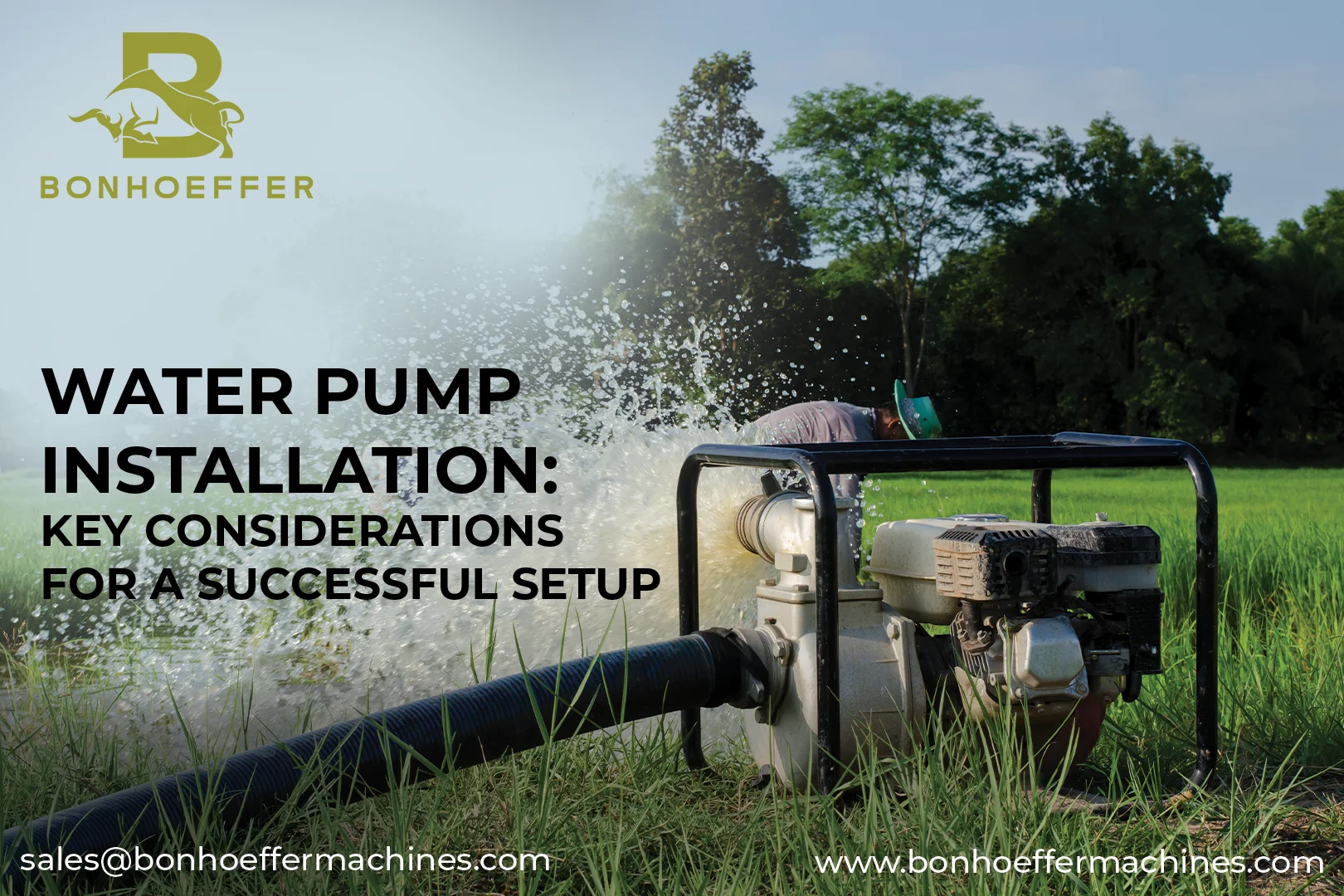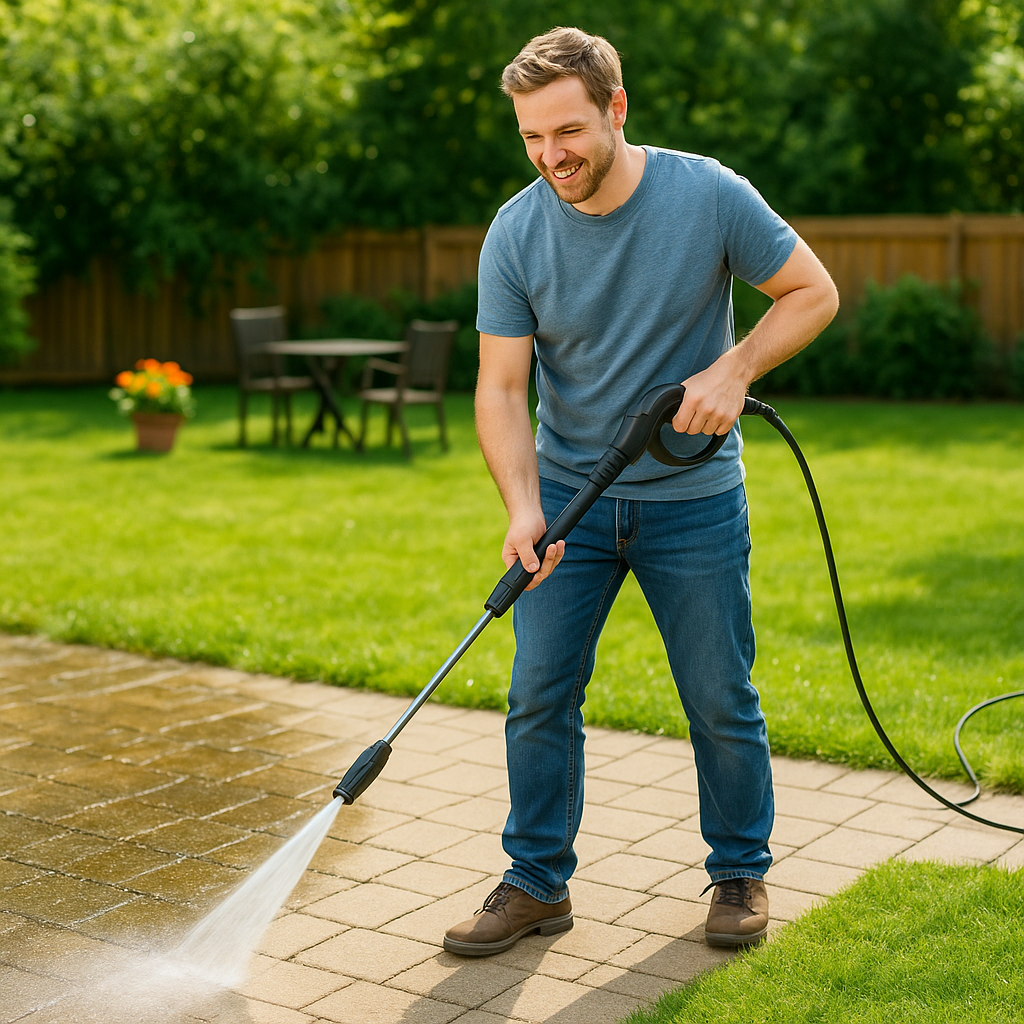
nstalling a water pump correctly is crucial to ensure its efficient and reliable operation. Here are the key things to consider during water pump installation:
Site Selection:
Choose a suitable location for the pump that is well-ventilated, dry, and away from sources of dust, debris, and direct sunlight. Ensure the installation site is easily accessible for maintenance and repairs.
Pump Type and Sizing:
Select the appropriate pump type (submersible, centrifugal, etc.) based on your application’s requirements. Properly size the pump to match the water demand and the head (vertical distance) it needs to lift water.
Foundation and Base:
Provide a stable and level foundation or base for the pump to prevent vibration, noise, and misalignment. A concrete pad or stable platform can help reduce these issues.
Piping and Valves:
Install the necessary piping, connectors, and valves according to the pump’s specifications. Ensure the pipes are the correct size, material, and length to minimize friction losses.
Electrical Connection:
If the pump is electrically powered, ensure proper electrical connections. Follow local electrical codes and regulations. Use appropriate wiring, connectors, and protection devices like circuit breakers.
Water Source:
Ensure the water source (well, borehole, pond, etc.) is properly designed and maintained to provide clean and sufficient water. Pre-filtering or screening might be necessary to prevent debris from entering the pump.
Prime the Pump (if applicable):
Priming is essential for certain pump types to remove air from the system and enable proper water flow. Follow the manufacturer’s guidelines for priming procedures.
Check for Proper Rotation:
Ensure the pump is rotating in the correct direction as indicated by the manufacturer. Incorrect rotation can lead to inefficiency and damage.
Ventilation and Cooling:
If the pump generates heat during operation, provide adequate ventilation to prevent overheating. Some pumps, especially submersible ones, rely on the surrounding water for cooling.
Secure Mounting:
Securely mount the pump to its base or foundation using appropriate bolts and hardware to prevent movement or vibration during operation.
Levelling and Alignment:
Properly align the pump with the attached piping to prevent strain and reduce wear on the pump and motor components.
Testing and Adjustments:
Test the pump’s operation after installation. Check for leaks, unusual vibrations, or abnormal noises. Monitor the pressure, flow rate, and other parameters to ensure they are within the desired range.
Documentation and Manuals:
Keep all manuals, documentation, and specifications provided by the manufacturer handy. They contain essential information about installation, maintenance, and troubleshooting.
Professional Assistance:
If you’re unsure about any aspect of the installation, it’s advisable to seek professional assistance from a qualified pump technician or installer.
Proper installation ensures the pump’s longevity, efficiency, and safe operation. Always follow the manufacturer’s guidelines and recommendations to achieve optimal performance and avoid potential issues.







